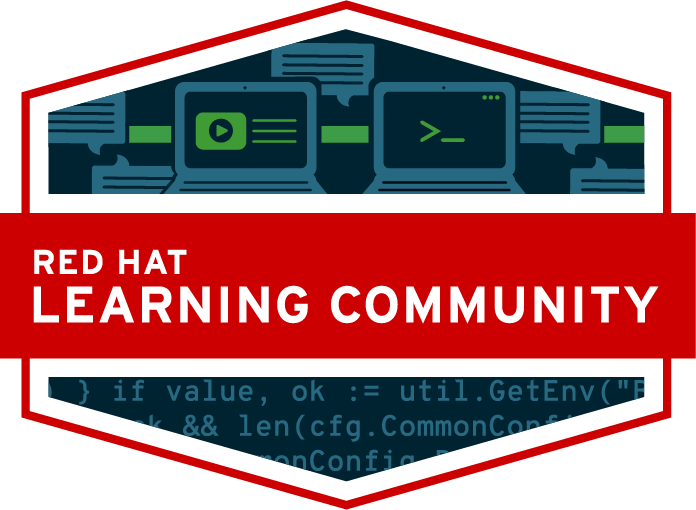- Red Hat Community
- :
- Discuss
- :
- Automation, Management & Ansible
- :
- Difference between organizations and teams
- Subscribe to RSS Feed
- Mark Topic as New
- Mark Topic as Read
- Float this Topic for Current User
- Bookmark
- Subscribe
- Mute
- Printer Friendly Page
- Mark as New
- Bookmark
- Subscribe
- Mute
- Subscribe to RSS Feed
- Permalink
- Report Inappropriate Content
- 1,586 Views
Could someone please explain the meaning of organizations and teams in Ansible Controller to me? I would like to have different projects where users are isolated between projects, meaning members of one project can only see things within the project they are a member of. Of course, a user can be a member of multiple projects. In this case, should I create an organization or a team for the project?
Accepted Solutions
- Mark as New
- Bookmark
- Subscribe
- Mute
- Subscribe to RSS Feed
- Permalink
- Report Inappropriate Content
- 1,515 Views
@dkcbk -
@Trevor did a wonderful job with the visual illustration, but I will break things down maybe even easier for you as the purpose here is even a little easier to understand.
Teams: Are a group of users and allow assigning permissions to a user group rather than single users at a time.
Organizations: Are a way of having a single Enterprise-level Automation controller and provide a method to more easily separate the enterprise into organizations. The organizations then is the "top-level" and from there you can have projects, job templates, and other resources managed within the "Organization" which more easily allows applying RBAC (Role-Based Access Controls).
https://rhtapps.redhat.com/verify?certId=111-134-086
SENIOR TECHNICAL INSTRUCTOR / CERTIFIED INSTRUCTOR AND EXAMINER
Red Hat Certification + Training
- Mark as New
- Bookmark
- Subscribe
- Mute
- Subscribe to RSS Feed
- Permalink
- Report Inappropriate Content
- 1,571 Views
Hello dkcbk,
The difference between Organizations and Teams. I will begin with the
diagram below, which is a great visual to see the relationship between
the two:
So, right away, you can see that a Team is something (an object) that
exists within an Organization.
Next, I'll provide a definition for Ogranizations:
An Organization is a logical collection of Users, Teams, Projects,
and Inventories, and is the highest level in the automation controller
object hierarchy.
Some of following is apparent from the above diagram:
* A Team is added to an Organization
* In order to add a Team to an Organization, the Team must already be created
* A user is a member of an Organization
* A user is a member of a Team
* A Team is a subdivision of an organization with associated users, projects,
credentials, and permissions.
* Multiple Teams can be created for an Organization
* Each Team can be assigned permissions
* Each user can be assigned permissions
Now that we have that little introduciton, let's get to your question:
"I would like to have different projects where users are isolated between projects, meaning members of one project can only see things within the project they are a member of".
Answer: Assign permissions to each project, that controls what each user can read,
modify, and administer!!!
Stay tuned for resposnes from other members of the community, that will provide
a much more expansive and elegant explanation to your query!
- Mark as New
- Bookmark
- Subscribe
- Mute
- Subscribe to RSS Feed
- Permalink
- Report Inappropriate Content
- 1,556 Views
- Mark as New
- Bookmark
- Subscribe
- Mute
- Subscribe to RSS Feed
- Permalink
- Report Inappropriate Content
- 1,516 Views
@dkcbk -
@Trevor did a wonderful job with the visual illustration, but I will break things down maybe even easier for you as the purpose here is even a little easier to understand.
Teams: Are a group of users and allow assigning permissions to a user group rather than single users at a time.
Organizations: Are a way of having a single Enterprise-level Automation controller and provide a method to more easily separate the enterprise into organizations. The organizations then is the "top-level" and from there you can have projects, job templates, and other resources managed within the "Organization" which more easily allows applying RBAC (Role-Based Access Controls).
https://rhtapps.redhat.com/verify?certId=111-134-086
SENIOR TECHNICAL INSTRUCTOR / CERTIFIED INSTRUCTOR AND EXAMINER
Red Hat Certification + Training
- Mark as New
- Bookmark
- Subscribe
- Mute
- Subscribe to RSS Feed
- Permalink
- Report Inappropriate Content
- 1,503 Views
Travis, as I mentioned to dkcbk, other community members would be weighing
in with more elegant responses, and you certainly did just that!!! Feeling that
you would be batting cleanup, I knew all I had to do was get on base
Thanks for another succinct and impactful response!!!

Red Hat
Learning Community
A collaborative learning environment, enabling open source skill development.


